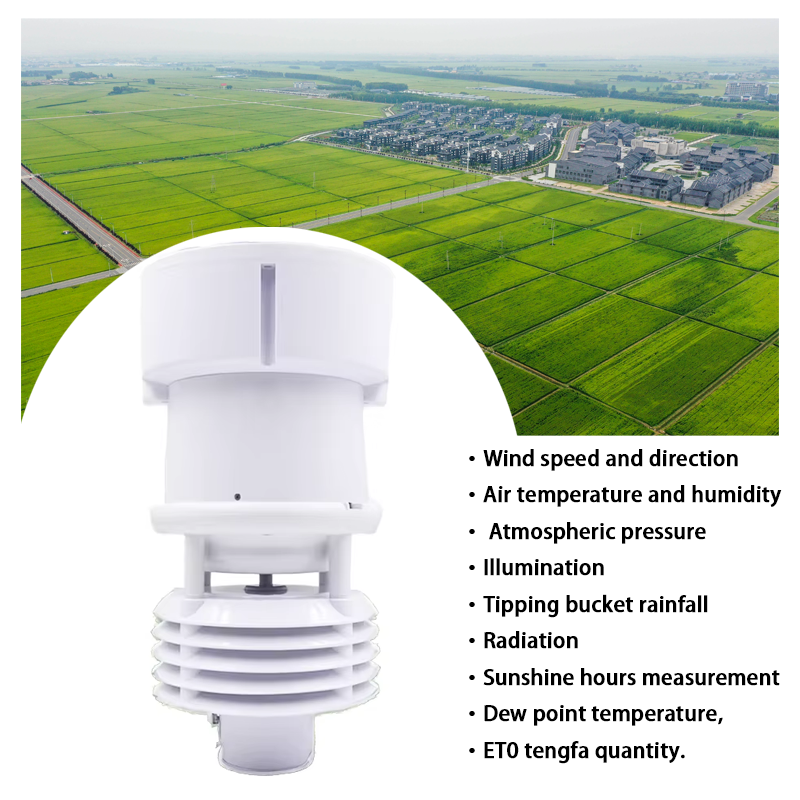New Mexico will soon have the largest number of weather stations in the United States, thanks to federal and state funding to expand the state’s existing network of weather stations.
As of June 30, 2022, New Mexico had 97 weather stations, 66 of which were installed during the first phase of the Weather Station Expansion Project, which began in the summer of 2021.
“This weather stations is critical to our ability to provide real-time weather data to producers, scientists and citizens,” said Leslie Edgar, director of the NMSU Agricultural Experiment Station and associate dean for research at ACES. “This expansion will allow us to improve our influence through.”
Some counties and rural areas of New Mexico still lack weather stations that help provide information about surface weather conditions and underground soil conditions.
“Higher-quality data can lead to more accurate forecasts and better-informed decisions during critical weather events,” said David DuBois, New Mexico climate scientist and director of the New Mexico Climate Center. “This data reflects that, in turn, allowing the National Weather Service. improve its mission of providing accurate and timely forecasts and warnings to predict life and property and improve the nation’s economy.”
During the recent fires, a weather station at the John T. Harrington Forestry Research Center in Mora, New Mexico, was used to monitor conditions in real time. For early emergency monitoring and greater monitoring and mitigation of climate change.
Brooke Boren, director of land and property for the NMSU Agricultural Experiment Station, said the expansion project was the result of a team effort organized with the help of NMSU President Dan Arvizu’s office, ACES College, NMSU Purchasing Services, NMSU Real Estate Office. Estate and the efforts of the Department of Facilities and Services.
NMSU AES received $1 million in additional one-time state funding in FY 2023 and $1.821 million in one-time federal funding that U.S. Senator Martin Heinrich helped secure for the second phase of the ZiaMet expansion. The second phase of expansion will add 118 new stations, bringing the total number of stations to 215 as of June 30, 2023.
Weather monitoring is especially important for the state’s agriculture sector as the state, like the rest of the world, is experiencing persistently rising temperatures and severe weather events due to climate change. Weather information is also important for first responders, who must be prepared for any extreme weather events such as flooding.
Weather networks can also play a role in long-term monitoring and decision-making during wildfire seasons.
Because data collected by the Weather Network is made publicly available, including fire officials, have access to near real-time data on the day of a fire.
“For example, during the Hermits Peak/Calf Canyon fire, our weather station at the J.T. Forestry Research Center. Harrington in Morata provided critical data on dew point and temperature during the peak of the fire over the valley,” Dubois said.
Post time: Aug-13-2024


